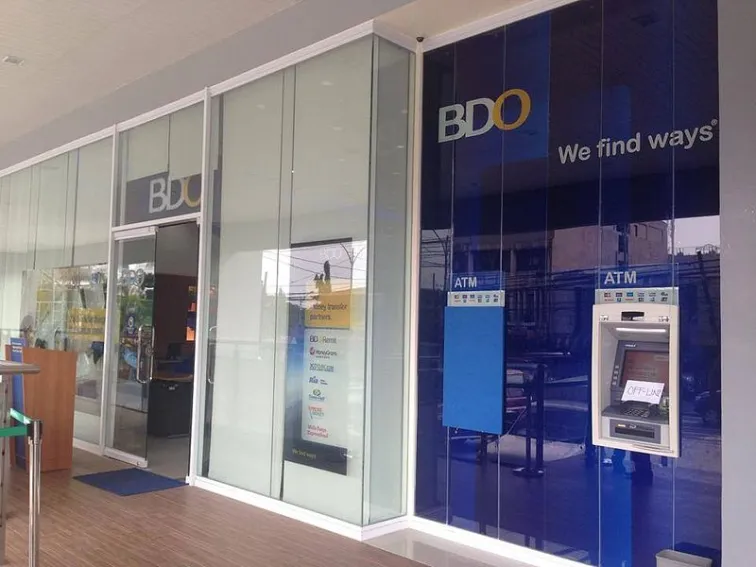
Philippine banks tighten credit standards in Q1
SMEs, corporates and households saw tighter credit access.
Phillippine banks have tightened their credit standards in Q1 as part of an effort to mitigate risk in the financial system, according to a survey by the Bangko Sentral ng Pilipinas (BSP).
The study’s diffusion index (DI) methodology noted that banks have become more stringent in their credit standards, which was attributed to the banks’ reduced tolerance for risk, decreased profitability and liquidity in their portfolio, less favourable economic outlook and perception of stricter financial system regulations.
“In terms of specific credit standards, DI-based results suggested stricter collateral requirements and loan covenants as well as increased use of interest rate floors,” BSP said in a report.
In terms of borrower firm size, banks’ responses pointed to a net tightening of credit standards for loans across all firm sizes, including top corporations, large middle-market enterprises, small and medium enterprises (SMEs) and micro-enterprises based on the DI approach.
Also read: Bad loans threaten Philippine banks amidst steep interest rates
“Results based on the DI approach showed that more respondent banks expect overall credit standards for business loans to tighten over the next quarter compared to those that expect the opposite, on the back of respondent banks’ expectations of stricter financial system regulations and reduced tolerance for risk, amongst others,” the BSP explained.
Stricter credit standards have also been applied for the retail segment, particularly for auto loans and personal or salary loans. “The overall net tightening of standards for household loans reflected stricter collateral requirements and loan covenants, shorter loan maturities, and increased use of interest rate floors,” they added.
In Q2, banks believe that in terms of business loans, the demand increase will be fueled by corporate clients’ higher working capital requirements. Meanwhile, the anticipated net increase in loan demand from households was attributed to expectations of higher household consumption, lower interest rates, and banks’ attractive financing terms.




![Lorem Ipsum [ABF 1]](https://cmg-qa.s3.ap-southeast-1.amazonaws.com/s3fs-public/styles/exclusive_featured_article/public/2025-03/a_hand_pointing_to_a_futuristic_technology_5b87c9d0e3_1.png.webp?itok=2w0y1WhS)


![Cross Domain [Manu + SBR + ABF + ABR + FMCG + HBR + ]](https://cmg-qa.s3.ap-southeast-1.amazonaws.com/s3fs-public/styles/exclusive_featured_article/public/2025-01/earth-3537401_1920_4.jpg.webp?itok=WaRpTJwE)







 Advertise
Advertise

